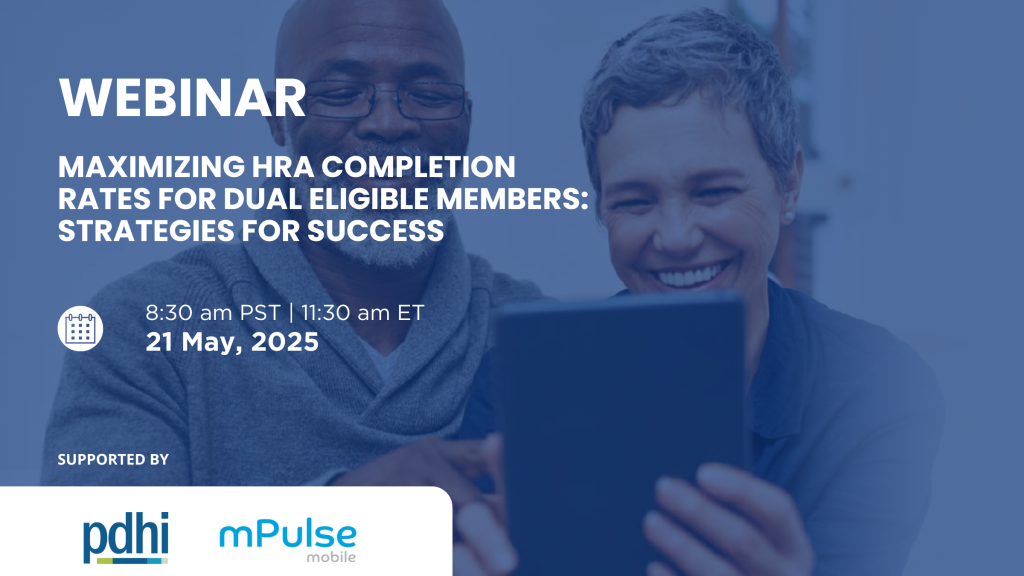Using HRA Insights to Improve Care for High-Need Populations

Health Risk Assessments (HRAs) are a foundational element of care management for Medicare Advantage plans, particularly Dual Eligible Special Needs Plans (D-SNPs). However, an HRA is only as valuable as what you do with it. HRA completion is just the beginning for plans serving the nation’s most medically and socially complex members — the real opportunity lies in turning that data into meaningful action.
Why HRA Completion Is Just the Start
Dual-eligible members often face multiple chronic conditions, socioeconomic challenges, and fragmented care experiences. HRAs help surface these risks by capturing self-reported information on physical health, mental health, social determinants of health (SDOH), and care preferences. But even with robust outreach efforts, many plans struggle to close the loop between data collection and impact. Without a strategy for acting on what’s learned, HRAs become a compliance exercise instead of a care opportunity.
From Data to Insight to Intervention
Leading plans are evolving their HRA approach from a static survey to a dynamic input into population health strategy. Here’s how:
- Stratify and Prioritize
Once HRAs are completed, responses can be used to segment members by risk level, identifying those who need urgent intervention versus those who require ongoing maintenance. For example, a member reporting uncontrolled diabetes and food insecurity can be flagged for both clinical follow-up and community resource navigation. - Personalize Care Plans
HRA data fuels individualized care plans by surfacing not only medical conditions but behavioral and environmental factors. Plans can tailor coaching, care management, and in-home services based on a member’s holistic needs — leading to better adherence and outcomes. - Address Gaps in Care
Many HRA questions align with quality measures tied to STAR ratings. Responses can trigger outreach for overdue screenings, immunizations, or medication adherence interventions. This alignment helps improve quality scores while supporting member well-being. - Connect to Community Resources
SDOH data is often the most actionable insight for D-SNP members. If a member reports housing instability, transportation barriers, or social isolation, that information can initiate referrals to local partners, social services, or plan-sponsored programs.
Tools and Technology That Help
To get the most from HRA data, plans must invest in systems that support data integration, real-time reporting, and seamless referrals. Key capabilities include:
- Configurable dashboards to highlight member risks and trigger workflows
- Automated alerts for clinical and SDOH red flags
- Integrated care platforms that connect HRA data to case management and provider portals
- Cross-functional teams that align on response protocols, whether clinical, social, or compliance-related
Tips for Getting Started
Standardize your Health Risk Assessment (HRA) questions across all intake methods—phone, mail, or digital—to ensure consistency and enhance data quality. Equip care teams with training to effectively interpret and act on key HRA indicators. Additionally, it’s important to review and refine your HRA logic annually to ensure it continues to capture meaningful and actionable insights. Finally, don’t let the data sit idle; use it to inform daily operations, from care planning to targeted member engagement.
Moving from Compliance to Care
When treated as more than a regulatory checkbox, HRAs offer one of the most powerful tools for improving care among dual-eligible populations. The key is activation: using the information collected to drive decisions, deploy resources, and build trust with members.
Want to dive deeper into how to elevate your HRA strategy? Join us on Wednesday, May 21, 2025, for our webinar



